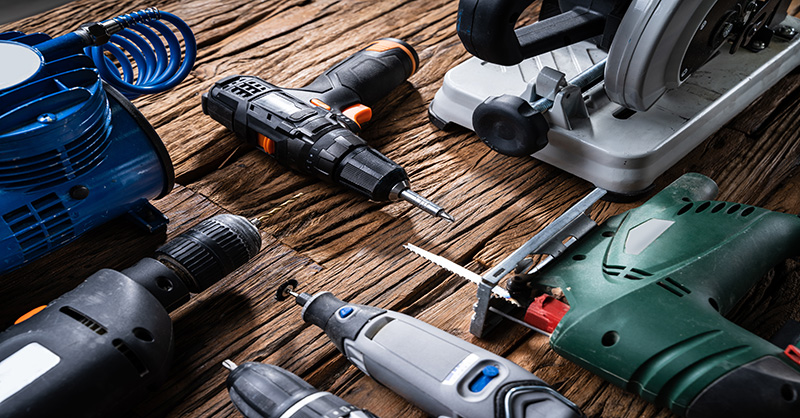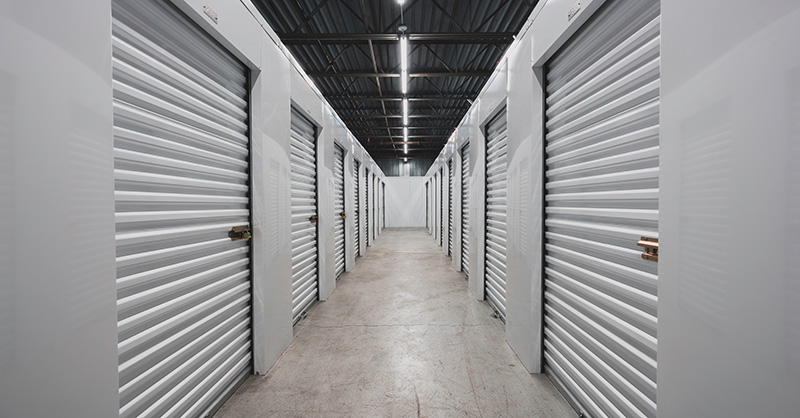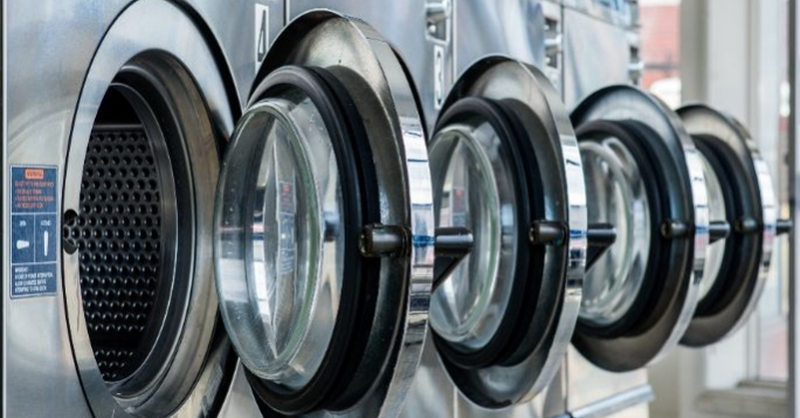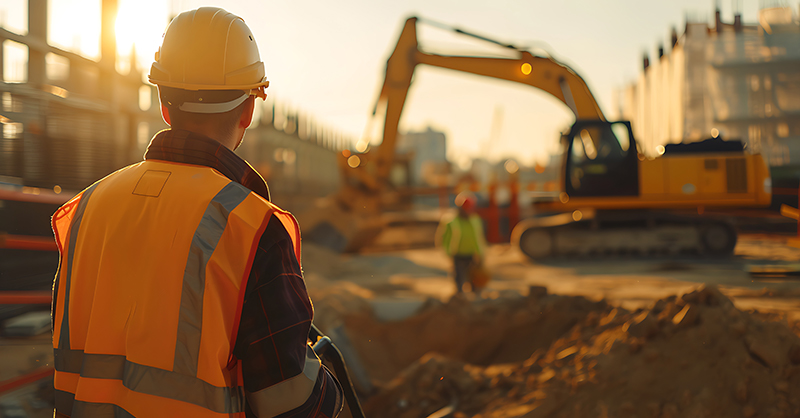Hand and Portable Power Tool Safety

Construction sites are constantly full of activity, and hand and power tools are integral to the building process. However, these tools can pose significant safety risks if not used or maintained properly. Whether it is a hand or power tool, users should be required to wear appropriate personal protective equipment (PPE).
The employer is responsible for the safe condition of tools and equipment used by employees along with proper training on how to use the equipment. With this in mind, the employer should consider the safety procedures and safeguards associated with hand and portable power tools.
The Difference Between Hand and Power Tools
The risks associated with these tools vary significantly, and knowing how to manage these risks can prevent accidents and injuries.
Hand Tools
Hand tools are non-powered and can include anything from hammers and chisels to wrenches and screwdrivers. The primary hazards associated with hand tools result from misuse and improper maintenance. For instance, a dull chisel may slip and cause an injury. To help prevent accidents, workers should do the following:
- Inspect tools regularly for damage.
- Use the right tool for the job.
- Keep cutting tools sharp and protected when not in use.
- Ensure that handles are free of splinters and cracks.
Power Tools
Power tools, which can be electric, pneumatic, liquid fuel, hydraulic, or powder-actuated, come with their own set of risks. These can include electrical hazards, flying debris, and the potential for injury from moving parts.
To help mitigate these risks, workers should do the following:
- Ensure tools have the necessary guards and safety switches.
- Use tools that are double-insulated or grounded and are connected to GFCI protection.
- Follow the manufacturer’s instructions for operation and maintenance.
Proper Maintenance and Storage of Tools
Proper maintenance and storage are crucial for the safe operation of portable tools. This can include the following:
- Store tools safely to help prevent damage and deterioration. In many cases, it is a good practice to disconnect the batteries when placing tools in jobsite storage boxes.
- Conduct daily visual inspections to detect damage and equipment that needs repair.
- Service tools as required to keep them in good working order. If a tool needs repair, it should be tagged, “Do not use” until the repair has been completed.
Tool Safety Training and Awareness
Education and training are vital components of tool safety. Workers should be trained on the following:
- Identifying the proper use of each tool.
- Recognizing the signs of tool wear or damage.
- Understanding the risks associated with the tools they use.
- Ensuring other employees are not near the tool being used or in the path of any sparks or debris created by the tool.
- Maintaining good footing and a reasonable center of gravity when operating power tools.
- Keeping safety guards in place when a tool is being used.
Safety on the construction site is especially important, and proper use and maintenance of manual and powered tools play a significant role in preventing work-related accidents. By adhering to the guidelines outlined in resources provided by the Occupational Safety and Health Administration (OSHA), workers and employers can help create a safer work environment.









